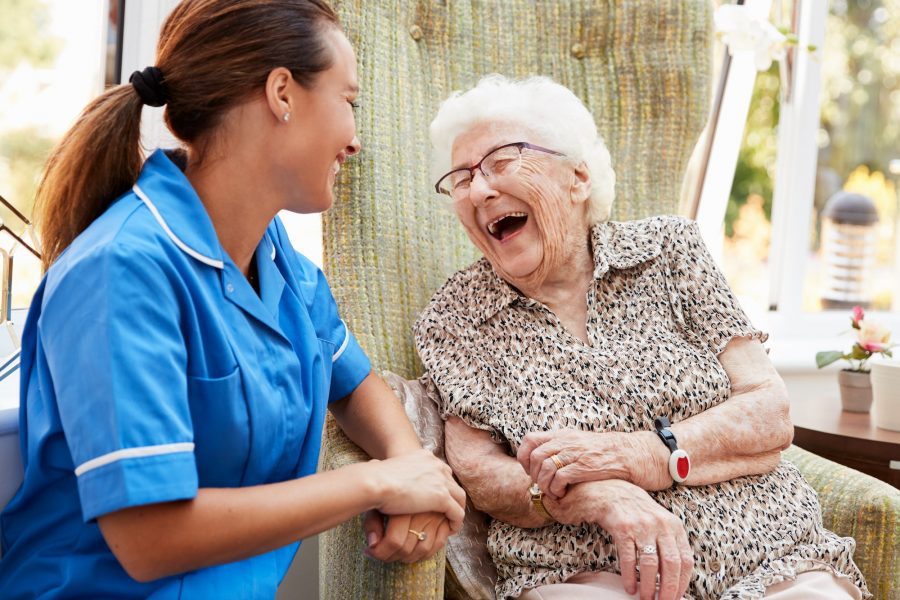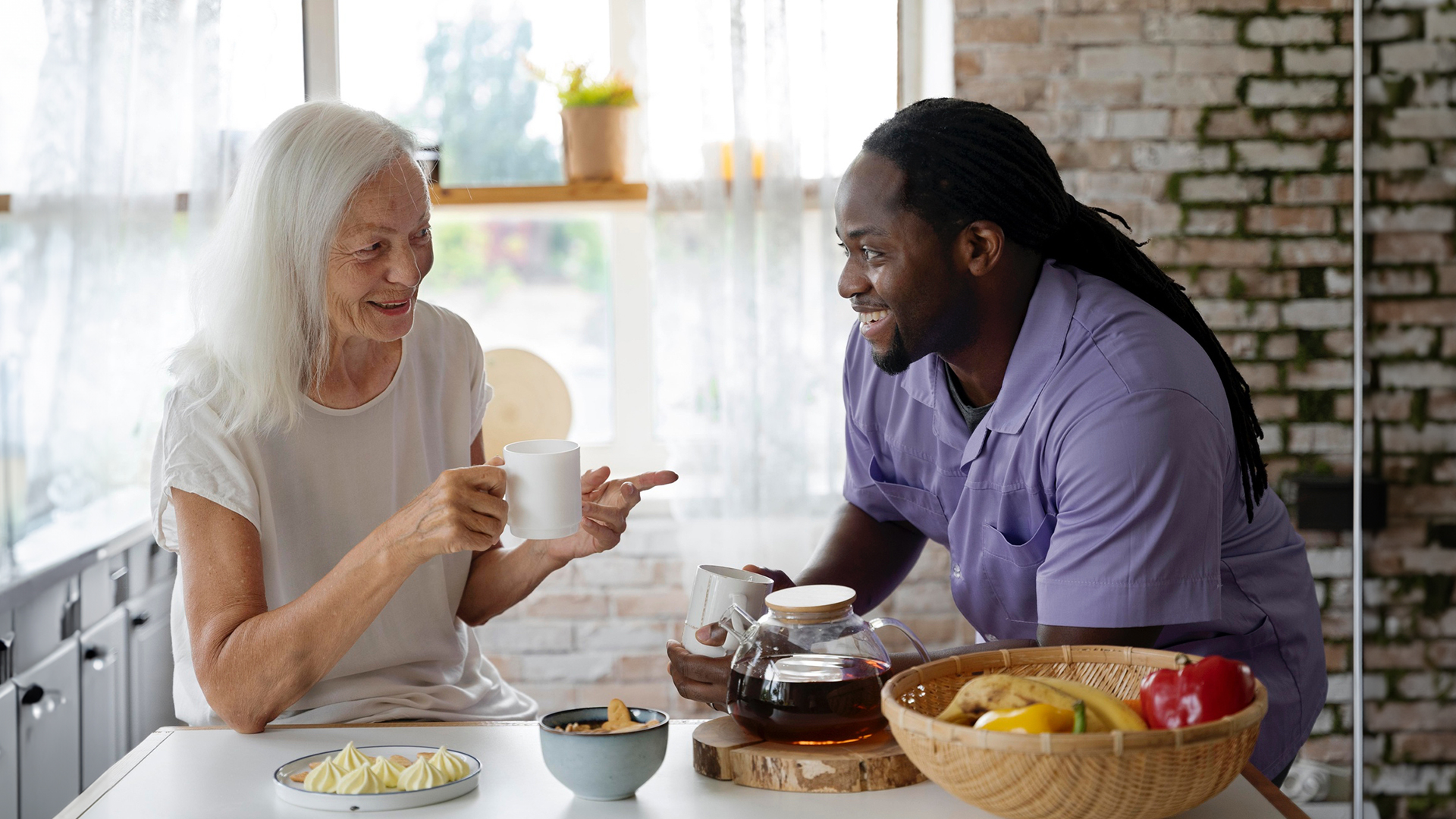Many seniors dream of aging in place: remaining in their own homes as they grow older. To accomplish this goal, they and their children must carefully plan for the future. Older adults are vulnerable to falls and may struggle with various activities of daily living like showering, eating, and moving around the home. Today, we’ll discuss the steps required to create a haven for your loved one. Read on for Legacy Homecare LA’s home safety checklist for seniors.
Senior Home Safety Requirements
Drawing from the American Housing Survey, the Centers for Disease Control and Prevention compiled a report about homes with aging-accessible features. The researchers found that while nearly all housing contains at least one accessibility feature, just ten percent of homes could be considered “aging-ready.”
Contrary to popular belief, making a home accessible can be simpler than purchasing gadgets or scheduling major renovations. Begin by evaluating your loved one’s space for the following senior home safety concerns.
Fall Prevention
Falls are perhaps the greatest risk faced by older adults aging in place. An estimated one in four seniors will fall each year — meaning that an American over the age of 65 falls every second of every day. In many cases, these older adults lose their footing because of trip hazards like clutter and curling area rugs. Rearrangements that remove these obstacles can help your loved one safely navigate their home.
Bathroom Safety
January is Bath Safety Month, and for good reason: with slick surfaces and considerable maneuvering required, the bathroom is often the most unsafe room in the house. Installing grab bars, a non-slip shower mat, and a built-in bath chair can keep your loved one safe in this setting.
Adequate Lighting
Aging affects vision in myriad ways. Seeing in low light becomes challenging, as does transitioning between different light levels. Some older adults develop low vision: a worsened sense of sight unresolved by glasses or other interventions. If your loved one has difficulty seeing, improve their home’s safety by installing motion-sensor lighting and adding colored tape to areas where the floor is uneven, like steps or thresholds. You can also further their independence by giving them large-print clocks, phones, and labels.
Ergonomics
As your loved one ages, they’ll need to adapt aspects of their home to meet their needs. Replacing drawer pulls, faucet handles, and stove knobs can increase their comfort while completing daily tasks. Other ergonomic changes solve various home safety concerns: elevated toilets, night lights, and ramps may be necessary for some older adults.
Emergency Preparedness
Finally, it’s crucial for your loved one to have a plan for each type of emergency. Equip them with a medical alert device and check their smoke detectors when you visit. If they live alone, consider upgrading their home security system and asking neighbors to check on them. These fail-safes will protect your loved one in the event of a fall, fire, or other incident.
Home Safety Checklist for Seniors
With just a few changes, your loved one’s home will be their haven for years to come. Review the following senior home safety checklist to determine whether your family needs to take action or pursue any renovations.
- Reduce tripping hazards: remove unsecured rugs, clean up clutter, and add non-slip strips to stairs and slick surfaces.
- Install handrails next to any stairs and mark uneven flooring with bright tape.
- Ensure adequate lighting throughout the house. Automatic, motion-activated systems are preferred. If your loved one has a flight of stairs in the home, install switches at the top and bottom of the staircase to reduce the risk of falls.
- Make the bathroom more accessible by installing a non-slip shower mat, bath chair, grab bars, and hand-held shower head. Set the water heater to 120º to prevent scalding.
- Take a look outside. Are the walkway, stairs, and surrounding area in good shape? Clearly outline the stairs with bright tape and remove obstacles like encroaching shrubbery. Consider placing a table on the porch to hold groceries while your loved one unlocks the door. If they struggle with stairs, install a gently sloping ramp.
- Evaluate commonplace challenges in the home. Does your loved one have a hard time getting out of their bed, armchair, or bathtub? Turning the handles of their sink? Modifying or replacing these items can help them retain independence.
Qualified Home Care Providers in Los Angeles
At Legacy Homecare LA, we treat your loved ones like family. Our skilled Care Companions understand what it takes to make homes safe for older adults with changing needs. In addition to helping your loved one with bathing, dressing, and other daily duties, our providers will evaluate your home and recommend relevant safety features. Keep your loved one safe in 2024 and beyond. Contact our team online or by phone to learn more about our services.






